Deserts: a land of scorching sun, sweeping sand dunes, and a surprising array of life. But what makes these ecosystems tick? While often perceived as desolate, deserts are intricate tapestries woven together by a delicate balance of living organisms and non-living elements. This exploration delves into the fascinating world of abiotic components – the unsung heroes that shape desert landscapes and dictate the terms of survival for all who inhabit them.
Abiotic Components of Desert: It’s More Than Just Sand
Deserts, at first glance, might appear desolate, but beneath the surface lies a captivating world orchestrated by a delicate balance of abiotic components. These non-living elements are the silent conductors of the desert orchestra, dictating the types of life that can exist, their location, and the remarkable adaptations they employ to thrive in this challenging environment.
Let’s unearth the fundamental abiotic components that characterize a desert:
1. Soil: A Foundation Not So Fertile
Our journey begins with the ground beneath our feet. Desert soils are frequently sandy or rocky, lacking the rich organic matter found in more humid regions. Imagine cultivating a lush garden in a sandbox – this is the daily struggle desert plants face. This nutrient scarcity means only the most resilient and resourceful plants can establish roots.
2. Temperature: A Rollercoaster of Extremes
Deserts are notorious for their dramatic temperature swings. One moment you’re basking under the scorching sun, the next you’re seeking shelter from the plunging nighttime temperatures. This constant fluctuation tests the resilience of desert life, pushing organisms to develop ingenious methods of temperature regulation. Some animals, for instance, are most active at dawn and dusk, while others burrow underground to escape the midday heat.
3. Rainfall: A Precious and Unpredictable Resource
Deserts are defined by their dryness. Rainfall is a rare and precious commodity, often arriving in unpredictable bursts. This scarcity significantly impacts the entire ecosystem. Plants, in response, have developed remarkable water-conserving features. Some have deep roots that tap into underground sources, while others sport waxy coatings on leaves to minimize evaporation.
4. Climate: A Story of Aridity and Evaporation
Deserts boast a unique climate characterized by low humidity and high evaporation rates. This dangerous duo exacerbates water scarcity. The air itself seems to draw moisture out of everything, making survival a constant struggle. This arid climate plays a crucial role in shaping the unique adaptations we see in desert organisms.
The Delicate Dance of Life in the Desert
These abiotic components don’t exist in isolation. They are interconnected in a complex web, creating a unique set of challenges and opportunities for desert life. For example, the combination of intense sunlight, low humidity, and strong winds can lead to rapid evaporation, further stressing water-limited ecosystems.
Understanding these intricate relationships is crucial for conservation efforts. Human activities, such as mining and agriculture, can disrupt these delicate balances, with potentially unforeseen consequences. As our climate changes, deserts are becoming even more vulnerable. Rising temperatures and altered rainfall patterns threaten the delicate web of life that has evolved over millennia.
By learning about these seemingly harsh yet fragile environments, we can better appreciate the remarkable resilience of desert life and contribute to its preservation for future generations.
What Defines a Desert Environment?
Deserts are often stereotyped as scorching landscapes, but their defining characteristic isn’t heat—it’s aridity. These ecosystems are shaped by a chronic lack of moisture, receiving less than 10 inches (250 mm) of rainfall annually. This defining feature influences everything from soil composition to the remarkable adaptations of desert-dwelling plants and animals. Here’s a closer look at the key factors that define desert environments:
Key Abiotic Factors in Desert Environments:
- Low Precipitation and Aridity: This is the hallmark of a desert. The scarcity of rainfall creates a constant moisture deficit, impacting everything from soil composition to the types of plants and animals that can survive.
- Extreme Temperatures: Although not all deserts are hot, many experience extreme temperature swings between day and night. The lack of cloud cover and moisture in the air allows heat to escape rapidly after sunset.
- Unique Soil Composition: Desert soils are often coarse and rocky, with low organic matter. The lack of moisture and vegetation slows down the decomposition of organic material, resulting in nutrient-poor soils.
- Specialized Plant and Animal Life: Desert organisms have evolved incredible adaptations to cope with the challenges of low water availability and extreme temperatures. These might include water storage mechanisms (like those found in cacti), nocturnal lifestyles, or specialized kidneys that conserve water.
- High Evaporation Rates: The intense heat in many deserts leads to high rates of evaporation, further exacerbating the arid conditions. Any available water quickly disappears back into the atmosphere.
- Sparse Vegetation: The lack of water limits plant growth in deserts, resulting in sparse vegetation cover. This, in turn, affects other aspects of the ecosystem, such as soil erosion and habitat availability.
- Unique Geological Formations: The erosive forces of wind and occasional rainfall, coupled with the lack of dense vegetation, create unique geological formations in deserts. Think towering sandstone mesas, vast salt flats, or intricate canyon systems.
The Crucial Role of Soil in Deserts
Desert soil, often overlooked, plays a critical role in the survival of life in these challenging ecosystems. While seemingly barren, it serves as a vital foundation, anchoring plants against strong winds and influencing the availability of precious nutrients. Here’s a closer look at how this dynamic substrate shapes desert life:
Desert Soil: A Harsh Reality:
- Low in Organic Matter: The lack of moisture hinders the decomposition of organic material, resulting in nutrient-poor soils.
- Sandy or Rocky Texture: This makes it difficult for plants to establish roots and access water.
Resilience and Adaptation:
- Specialized Root Systems: Desert plants have evolved deep or extensive root systems to tap into limited water sources and secure their position in the shifting landscape.
- Slow and Steady Decomposition: While slower than in wetter environments, decomposition in the desert still occurs, primarily through abiotic processes (sunlight and wind). This gradual breakdown of organic matter forms a thin but precious layer of nutrients.
- Crucial Role of Soil Biota: Microscopic organisms, like bacteria and fungi, are hard at work in the soil, breaking down organic matter and releasing nutrients. Understanding these soil dwellers is crucial for protecting fragile desert ecosystems, especially in the face of climate change.
How Does Temperature Impact Desert Life?
Deserts are renowned for their extreme temperature fluctuations, presenting a significant challenge to life. Desert-dwelling organisms, however, have evolved an array of remarkable adaptations to not only survive but thrive in these demanding conditions.
Living on the Edge: Adaptations to Extreme Temperatures:
- Physiological Adaptations: Some organisms possess specialized proteins that can withstand extreme heat, acting as internal cooling systems. Water conservation is another key strategy, with animals like camels able to go long periods without drinking.
- Behavioral Adaptations: Many desert animals are most active during the cooler hours of dawn, dusk, or night, avoiding the scorching midday heat.
- Plant Adaptations: Desert plants display an array of strategies to cope with temperature extremes. Some have shiny surfaces to reflect sunlight, while others have deep roots to access cooler, deeper soil layers.
The Takeaway:
The extreme temperature swings characteristic of deserts have a profound impact on all life that inhabits them. The remarkable adaptations displayed by desert plants and animals are a testament to the power of natural selection and offer a glimpse into the resilience of life in the face of environmental challenges. Scientists are still unraveling the complexities of desert ecosystems, with ongoing research likely to reveal further insights into the intricate dance between life and extreme temperatures.
Want to Learn More?
This is just a glimpse into the fascinating world of deserts. If you’re eager to delve deeper, consider exploring resources from reputable organizations such as:
- The National Geographic Society: https://www.nationalgeographic.com/
- Scientific Journals: Search for keywords like “desert ecology,” “abiotic factors,” or specific desert names.
Understanding desert ecosystems is crucial, especially as our climate changes. By learning about these unique environments, we can contribute to their preservation for future generations.
- Nutrients from non-living things in the desert can be absorbed by plants.
- Abiotic animals in the desert do not rely on living organisms for their nutrition.
- The California desert region facts reveal that due to low humidity, evaporation exceeds precipitation throughout the year.
- Studies by desert flora NYT show that seed germination in the desert is seasonal and varies widely among species.
- The deserts in Africa are home to many unique animals that have adapted to survive in the harsh conditions.
- Desert bugs are adapted to live in the hot, dry climate of the desert.
- In the desert, access to water is a matter of life and death.
- Unveiling Bernhard Caesar Einstein’s Scientific Achievements: A Legacy in Engineering - July 15, 2025
- Uncover who is Jerry McSorley: CEO, Family Man, Business Success Story - July 15, 2025
- Discover Bernhard Caesar Einstein’s Scientific Contributions: Unveiling a Legacy Beyond Einstein - July 15, 2025
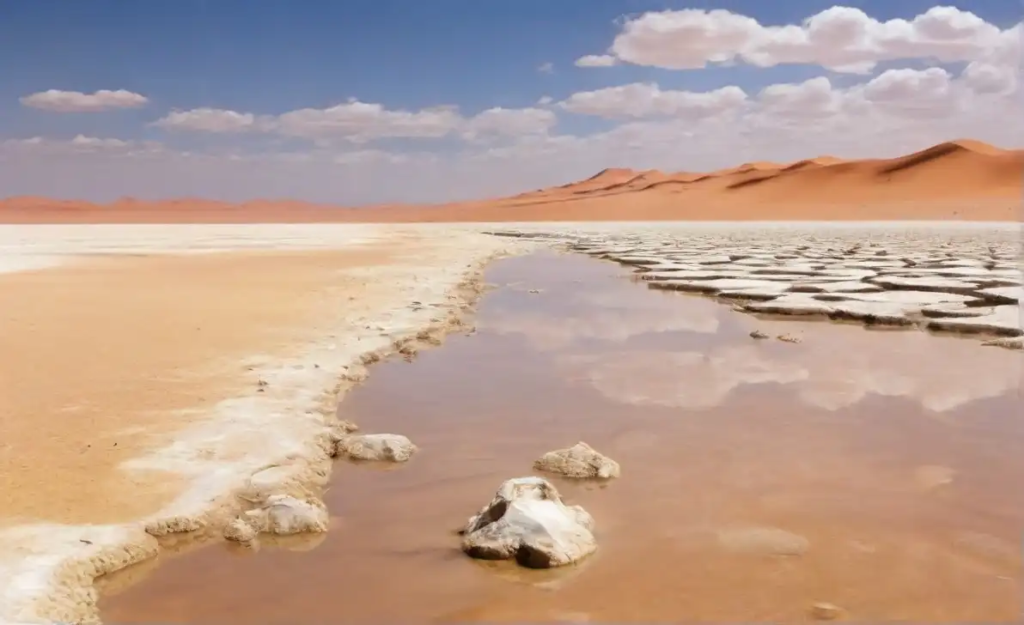
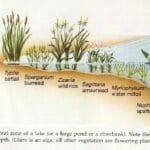
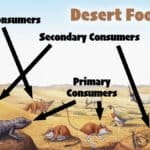
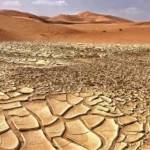

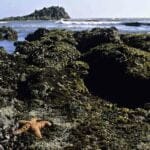










1 thought on “Unveiling the Abiotic Foundation: Understanding the Non-Living Components of Desert Ecosystems”
Comments are closed.